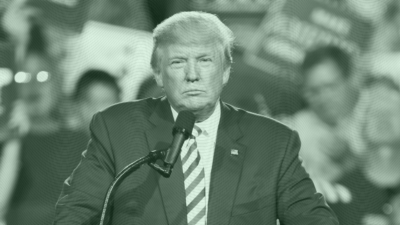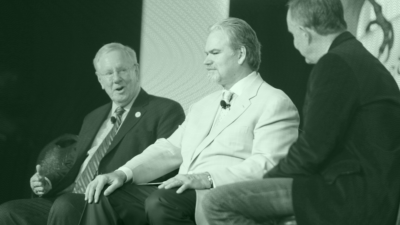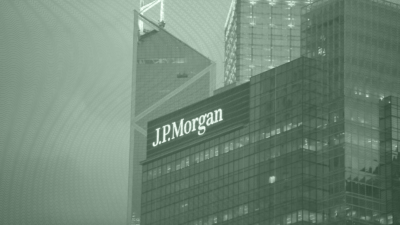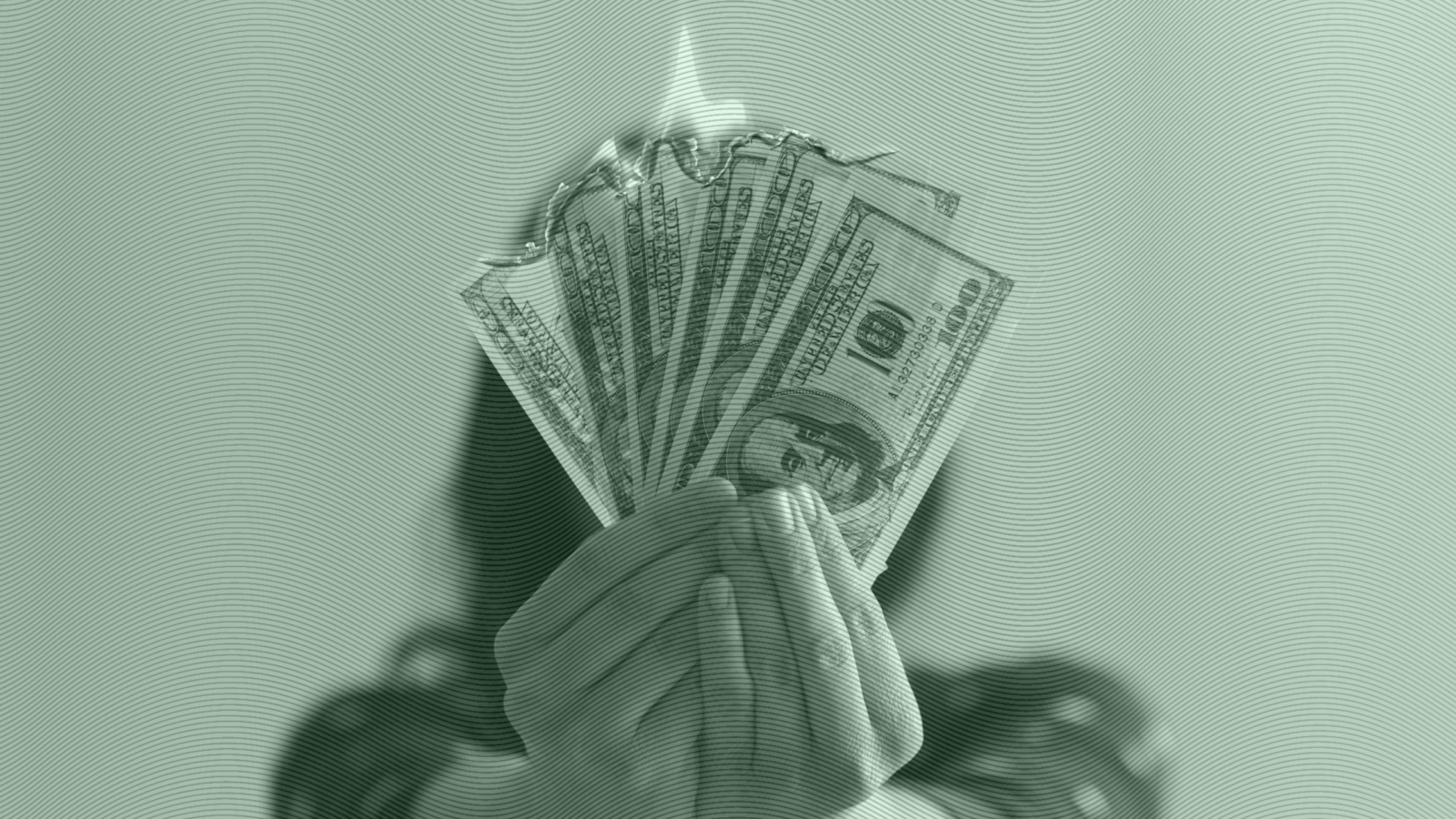Recession on the Horizon? Advisors Debate the 60/40
While equities have shined over the past two years, some advisors are sticking with the classic portfolio.
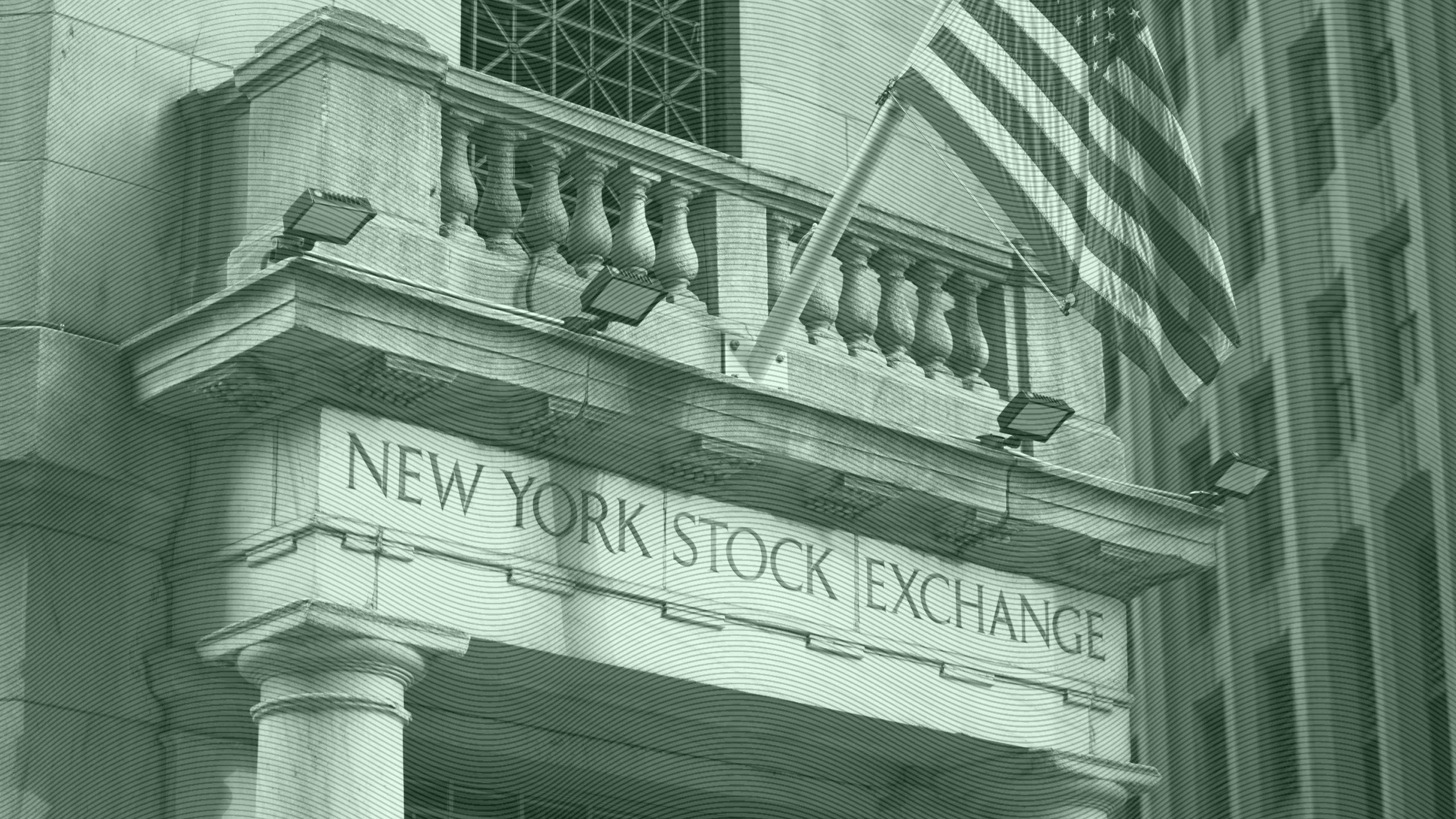
Sign up for market insights, wealth management practice essentials and industry updates.
After two years of monster stock market returns, advisors may be starting to consider the laws of gravity.
There’s no doubt that the classic portfolio of 60% stocks and 40% bonds has become an easy target for criticism. The traditional split has looked downright dowdy in recent years as investors who concentrated their portfolios around Magnificent Seven-esque stocks have seen explosive gains. The S&P 500 (home to the Mag 7) doubled over the past five years, while the biggest 60/40 ETF, the iShares Core Growth Allocation ETF returned a mere 28%.
Still, proponents argue the 60/40 strategy has done its job of providing respectable returns for investors with a moderate risk tolerance. With the markets seemingly bracing for a pullback last week, advisors are wondering whether it’s time to rethink their allocations. “For people who have in the past one or two years gotten very growthy with their investments, I certainly feel it is time to return to diversification,” said Brian Huckstep, CIO at Advyzon Investment Management, in Oak Park, Illinois.
That One’s on You
Some of the recent negativity around 60/40 may have to do with expectations. The strategy isn’t supposed to match stock indexes, and it doesn’t guarantee portfolio gains every year either, said Donald Calcagni, CIO at Denver-based Mercer Advisors. “Investors typically have poor expectations for what they think a 60/40 portfolio is going to do for them,” he said. “It’s often positioned as some sort of silver bullet that is going to protect you from bad years, and that’s not true.”
Calcagni adds that 60/40 portfolios’ returns frequently suffer from “user error,” including failure to fully diversify across asset classes like international and small-cap. “They’ll just own the S&P on the equity side and be like, ‘I’m done, right?’” he said. “No, you’re not.” Calcagni points out that during the DeepSeek-caused meltdown of big tech names last month, value stocks did relatively well, and in a properly diversified portfolio, they would have mitigated the damage.
User error doesn’t occur only on the equity side of portfolios either. “You often see folks taking a lot of equity-like risk in the bond part of their portfolio,” Calcagni said.
What FOMO? One of the biggest things 60/40 has going against it is the fear of missing out. Over the past five years, large-cap US growth stocks have produced well-above-average returns, while the returns from diversifiers, like small-cap and international, have somewhat trailed their long-term averages. “People have taken pot shots,” Huckstep said, adding that many have called diversification “dead.”
But much of the argument that the 60/40 portfolio is an anachronism has come from people that are trying to push products, Huckstep said. In many cases, when television talking heads slam 60/40, they have ulterior motives such as pitching “expensive, typically overly engineered products.” Private investments and structured products, of course, have made steady inroads in investment portfolios since the 2008-2009 crash, when asset correlations broke down.
But the success of any investment strategy is patience, and it’s simply hard to sit in a conservative portfolio when so many shiny objects beckon. Huckstep likes to point out the gap between dollar-rated versus time-weighted returns, what Morningstar calls the “Investor Return Gap.” It’s the phenomenon of losing return due to impatience and it cost investors around 15% of the returns their fund investments generated over the 10 years through the end of 2023. For various reasons, including chasing hot investments, investors took money out of their funds at the wrong times and paid the price. “It highlights the fact that so many people hurt their nest eggs by giving up on diversification just at the wrong time,” Huckstep said.
Bubbles Always Burst. The market is clearly waiting to see what the Trump era will mean for businesses. If you’re uncertain, you’re not alone. Still, as wary as Huckstep is of overconcentration, he’s not sure the large-growth bubble is about to pop. “During the tech bubble, we had five years of equity returns of around 20% or higher, and so this could go on for another three years,” he said. “These things can run for a while, but when they end, they pop hard … and it hurts.”

